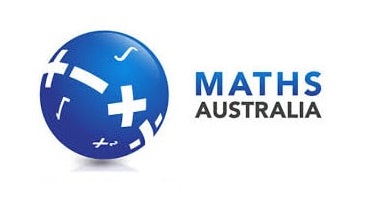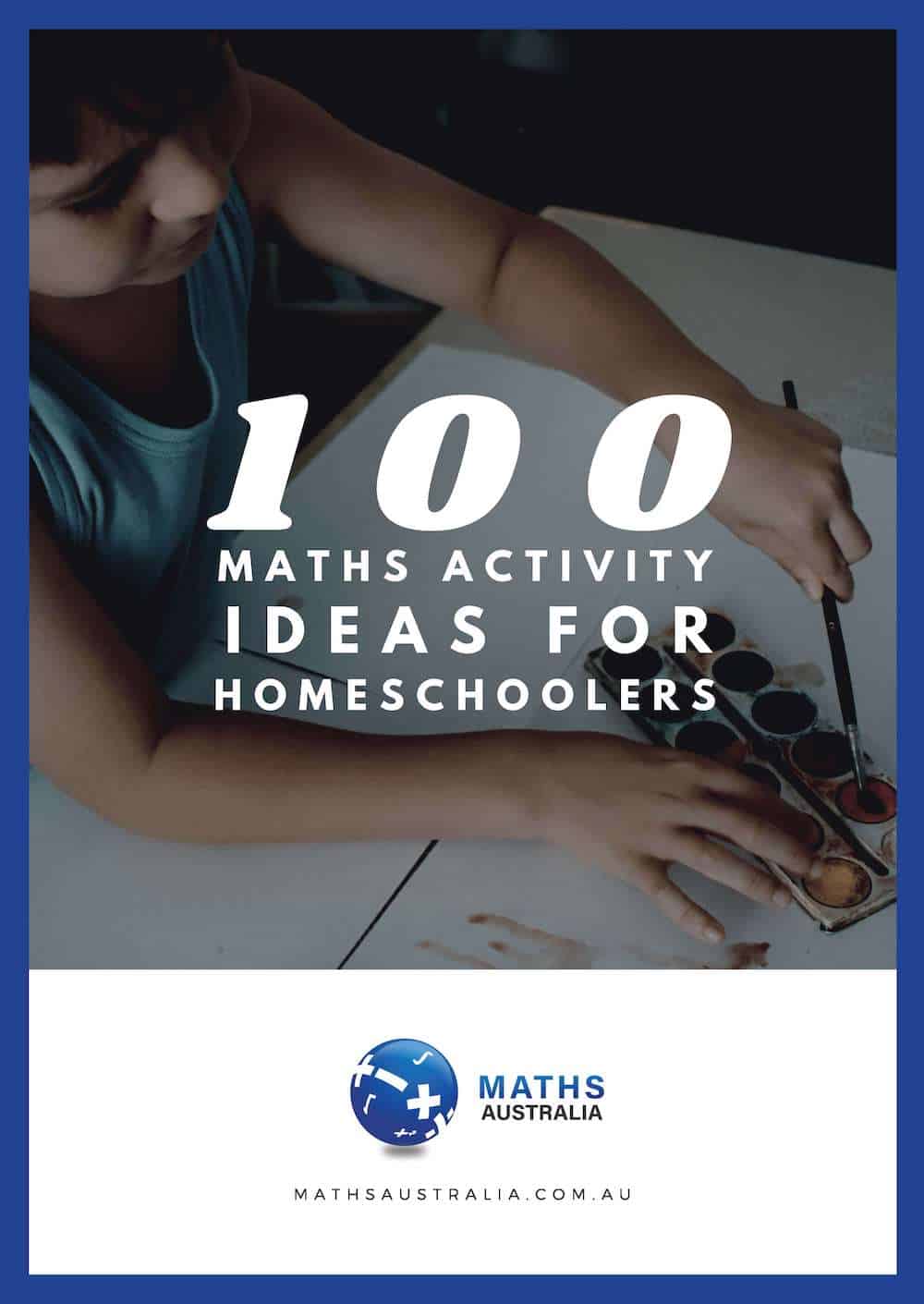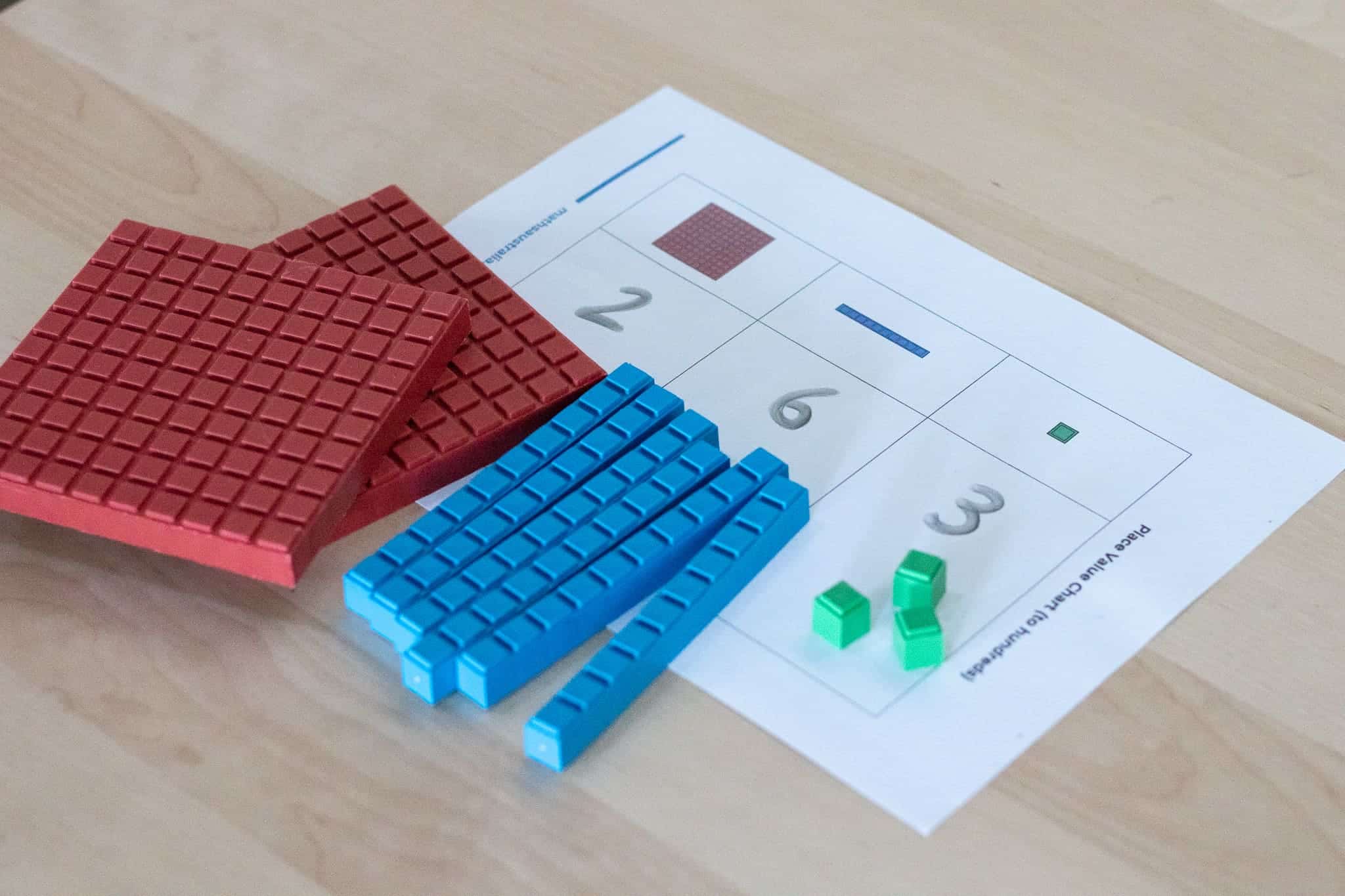
How to teach Place Value
Ever wanted to know how to teach Place Value easily? Without hassle and without the tears and frustration of kids not being able to understand such a simple concept?
Place Value is one of the key fundamentals of maths. It's where everything starts from when teaching and understanding maths. If your kids don't know that each number has a certain place and a particular value in that place, they will continue to struggle.
It's not a hard topic to understand, so why do so many parents struggle teaching such a basic concept?
There's a few major reasons, and it's based on the way maths is being taught. By using a research-based approach to maths, you can support your student to achieve the best results.
What is Place Value?
Let's start right at the beginning.
Firstly, maths has to be taught as a language and must include a hands-on approach.
According to research, children can't understand abstract concepts until they are 12 years old. They don't grasp concepts or ideas that aren't taught with a hands-on, tactile experience.
Think of language. When we first teach our kids words, we speak the word to them and then show them what it means.
Bus.
Dog.
Bench.
Mum.
Dad.
They understand the words because they have a meaning behind it. If they want to pat the dog, they know a dog feels warm and fluffy. If they want to have Mum or Dad give them a cuddle, they know what to ask for.
Yet traditionally, maths is not taught with ANY hands-on elements. Numbers are written on a sheet of paper and the child is told "This is 3. This is 2."
How would they know what 3 is? How would they have a tactile experience of that number, without touching and feeling it in the same way they can touch and feel dog, bench, bus, Mum and Dad?
How do you effectively teach Place Value?
Using hands-on manipulatives gives numbers a tactile, kinaesthetic experience to kids. They begin to understand what numbers are and how to use them, not just struggling to remember them abstractly and by rote.
Here's what research says about learning maths. To teach maths to your kids effectively, numbers need to be taught using C-R-A methodology.

CRA methodology means the numbers goes from Concrete (using the hands-on manipulatives) to Representational (drawing pictures of the blocks) and then finally, to the abstract number. That way, you've created a link and a hands-on experience to the number and to the specific Place Value of that number. 100 cannot be in the tens house, because it doesn't fit - it's a big red square that only fits in the 100s house.
This is important for any child, no matter their age or learning style. It is especially effective for those with dyslexia, dyscalculia and other learning differences.
Here's a short video about teaching Place Value:
Why are these concepts important?
It's important to have a strong framework to teach all maths concepts, from the foundational pieces like Place Value, basic addition and multiplication, all the way to advanced algebra. There are so many numbers and symbols which, without a guided system, can be tough to comprehend for most kids.
Using CRA methodology is effective for all maths topics. You'll see the difference when you start getting the blocks out and building out maths sums. Your kids will get the understanding much quicker and they will be able to explain it back to you with confidence. That's when you know they've really understood a topic well - when they can teach it back to you.
Here's some more important components that are necessary when teaching maths. These are important when choosing the right maths program for your student. When you combine all of these necessary components of maths instruction, your student will achieve much better results and gain confidence in maths.
Here's the essential components for effective maths instruction:
Kids learn best when they are taught concepts sequentially. You can't start teaching multiplication before your kids have understood addition. You can't teach division without first getting thoroughly acquainted with multiplication.
The Math-U-See program teaches using all of these components in each lesson. It's a comprehensive program that covers maths from Primary to Grade 12 and University level maths and has been proven effective by thousands of Australian parents.
How do you use Decimal Street?
Through the Math-U-See program, Place Value is taught using hands-on manipulatives and the famous Decimal Street.
Decimal Street shows that there are three houses on the street, each one of them holding a value. You have the units house, the tens house and the hundreds house. As soon as there are 9 units in the units house, they have to move up to the tens house.
Here's how you can draw up Decimal Street on a whiteboard, showing the hundreds, tens and units house:
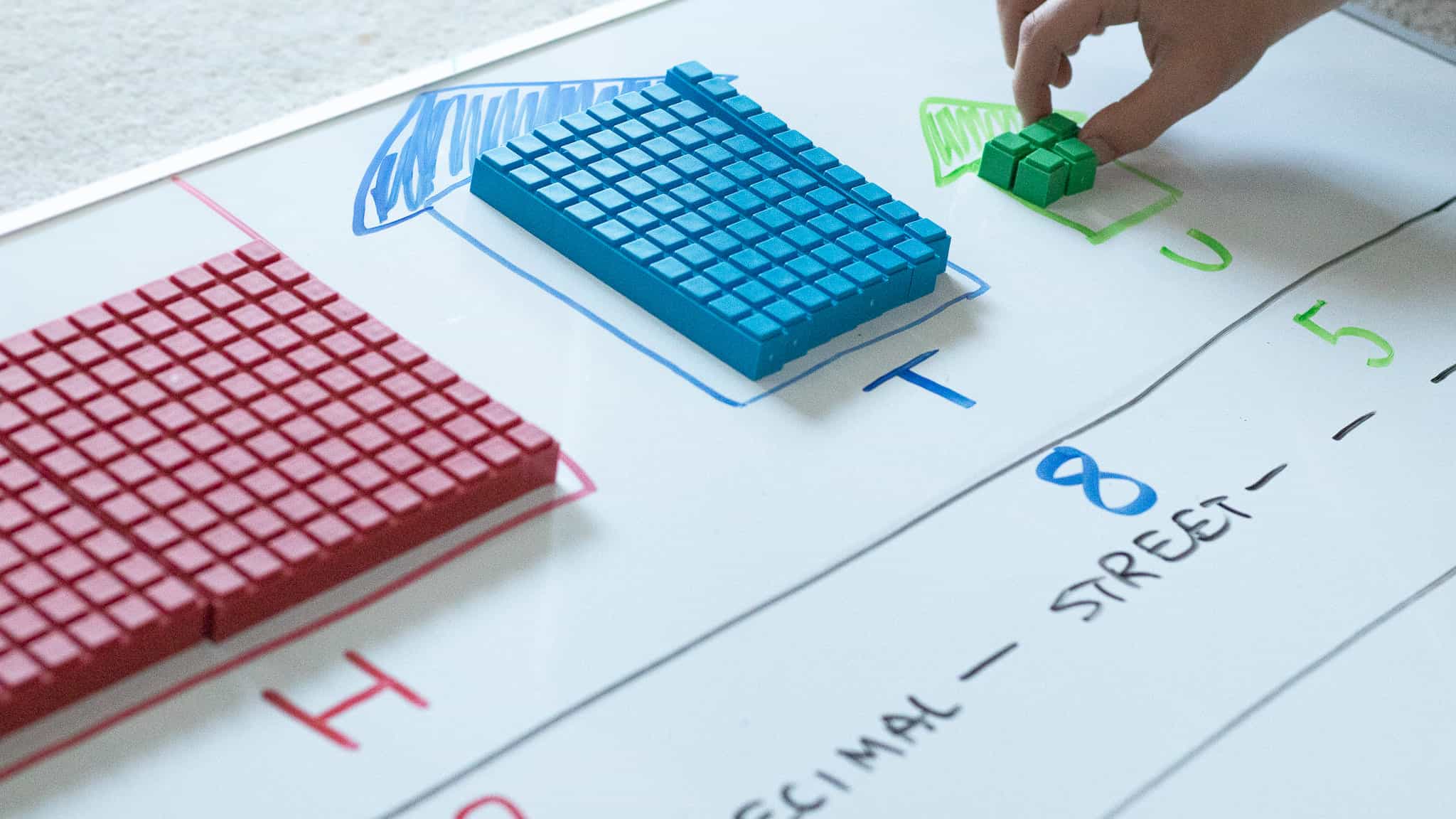
There's a whole story that goes along with this explanation that kids remember easily that we teach throughout the Math-U-See program. It's a fun and easy way to remember where numbers are placed in the decimal system, and kids will remember it throughout their maths education.
Here's some activities for learning Place Value
Using games and activities to teach maths concepts are particularly effective when teaching kids of all ages - especially the younger ones. Anything that uses hands-on experiences will have a greater impact for kinaesthetic learners - that's why it's important to use the Integer Blocks.
The Integer Blocks are used throughout the Math-U-See program and are recommended for each activity because the blocks are not only colour-coded for each number (helping students with number recall and recognition) but are also indented so students can "touch" and "feel" each number correspondingly. Perfect for kinaesthetic learners!
They are research-proven to work and are an essential part of teaching maths, from Place Value and basic addition all the way through to advanced algebra. Perfect for students of all ages and learning abilities (especially those with dyslexia and dyscalculia).
Think of these activities as "recipes" for teaching Place Value. In the same way a chef takes times to add each ingredient carefully and make sure what he's cooking tastes good, you'll be working alongside your student, helping where needed, and making sure they master this topic before moving on.
1. Assemble a Number with Proper Place Value placement
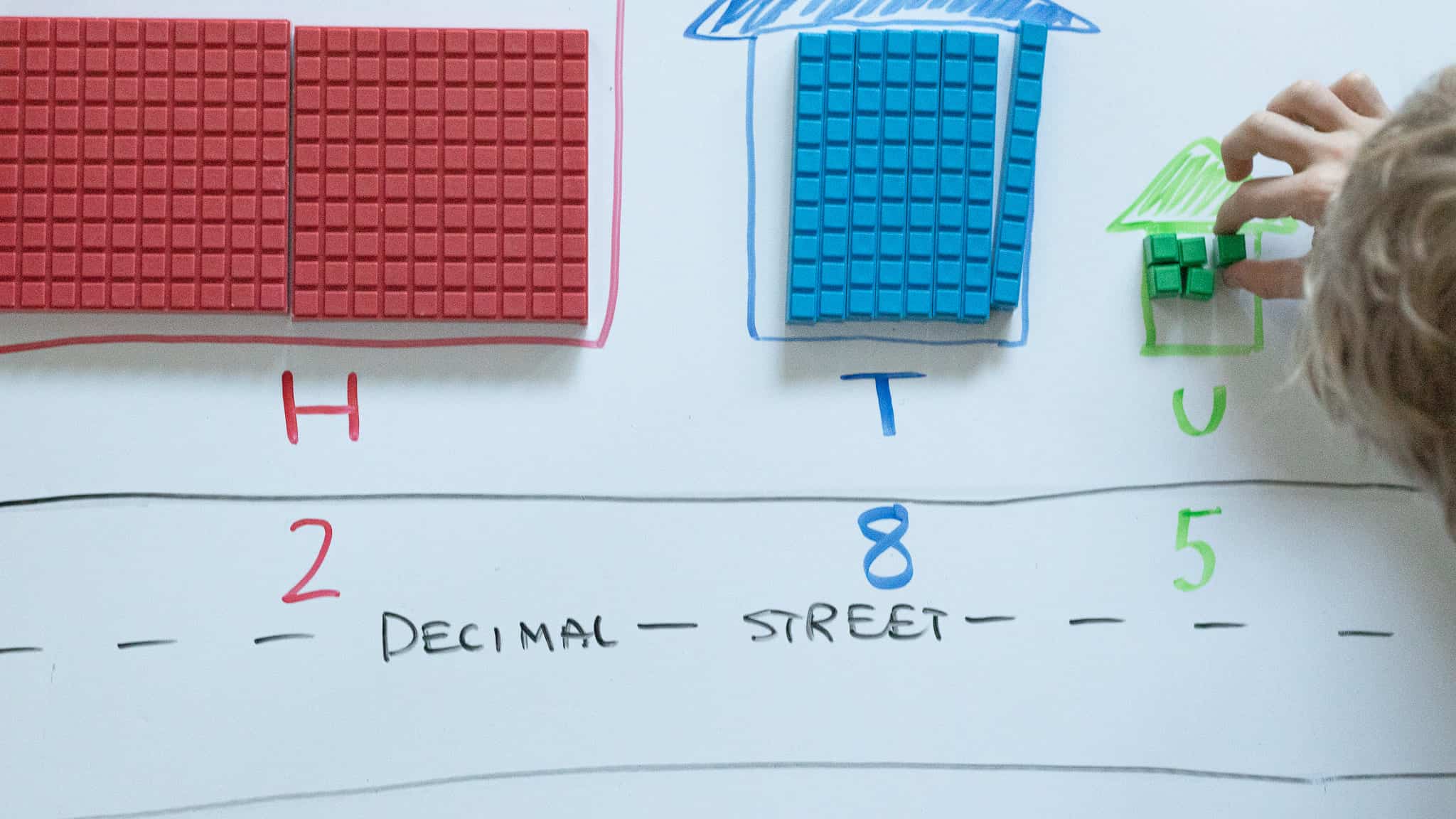
Materials needed:
- Math-U-See Integer Blocks
- Decimal Street™ poster (this is included in the Integer Block Kit)
- Paper and pencil
Method:
This exercise requires 9 unit blocks, 9 ten-blocks, and 9 hundred-blocks.
Note: Reference your student’s current understanding of place value to determine whether to review all numbers (single, double, or triple digit) in one activity or separately.
- Ask your student to place a mystery amount of unit blocks (0-9), ten-blocks (0-9), and hundred-blocks (0-9) on the Decimal Street™ poster.
- Once the number is built, have your student write the number on the paper and then say it.
- Verify the answer is correct and record the number on a sheet of paper.
- After five numbers have been built, review the record of the numbers that were built and discuss the following:
- Did your student create more single-, double-, or triple-digit numbers?
- Which number is the greatest number or the least number?
- Underline a digit in one of the numbers and then ask your student to tell you the value it represents. (ex., in the number 65 the six represents 60 or six tens.)
2. Shuffling Digits with Playing Cards
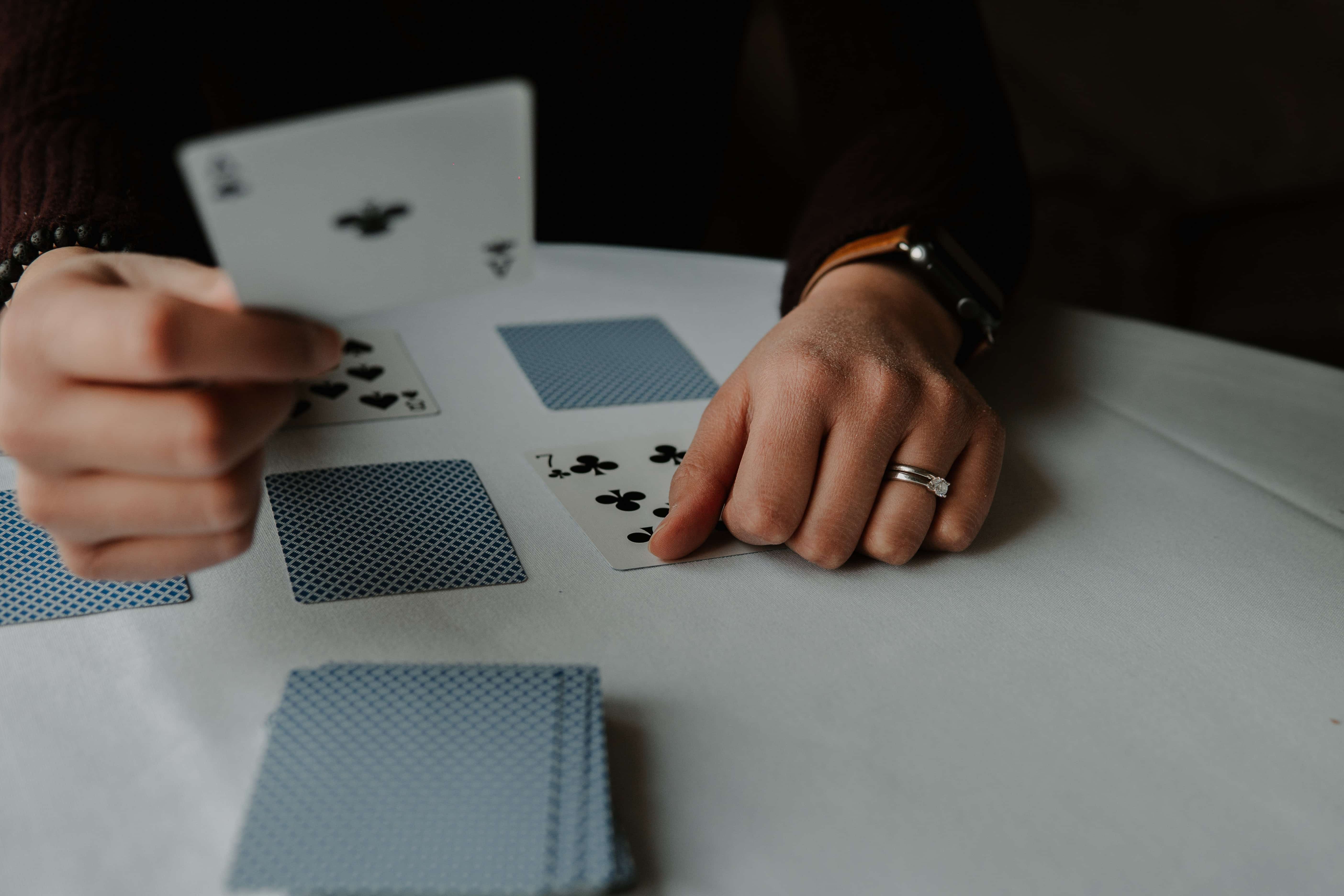
Materials needed:
- Math-U-See Integer Blocks
- 0-9 cards (green, blue, and red)
Method:
Shuffle each set of cards and place them in three separate stacks facing down.
- Have your student select one card from the blue stack and the green stack to create a number. For example, he may draw a green 4 and a blue 5 to create the number 54.
- Have your student build the number with the Integer Blocks and say the number.
- Next, you select a card from any of the three stacks.
- If you select a blue or green card, replace the current digit of the same place value with the new card.
- If you choose a card from the red stack (for example, 7), place that card to the left of the 5 to create the number 754.
- Have your student build the new number with the Integer Blocks and say the number.
- Play continues with you and your student exchanging digits to create new numbers to build and say.
Here's a few more reasons why playing cards games can improve maths, memory and competitive skills.
3. Number Recall
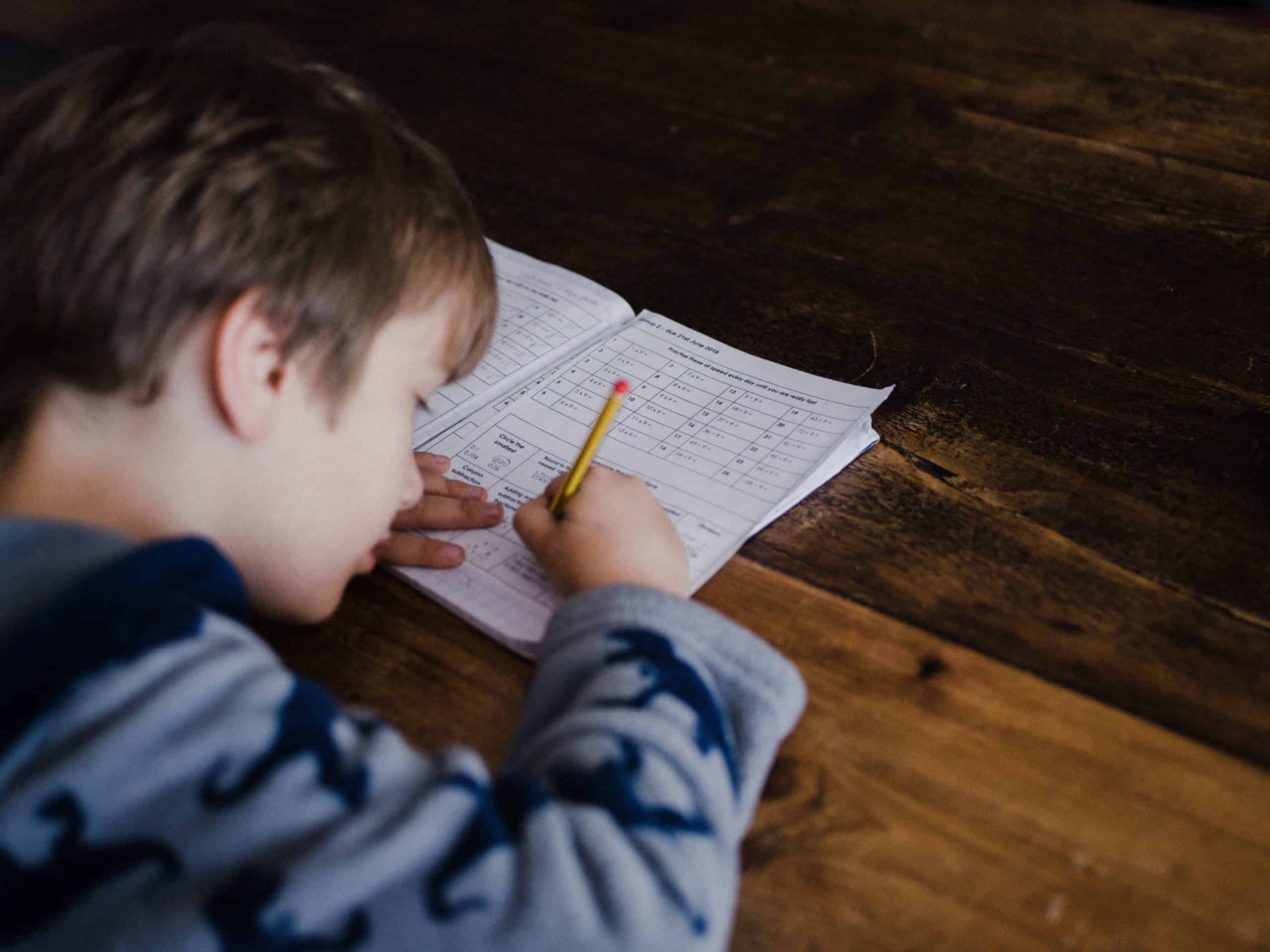
Materials needed:
- Math-U-See Integer Blocks
- Decimal Street™ poster (this is included in the Integer Block Kit)
- Dry erase board, marker, and eraser
Method:
Sit with your student back-to back, so that you can see the dry erase board and your student cannot. Your student needs to have access to the Integer Blocks and the Decimal Street™ poster.
- Write a number on the dry erase board that contains up to 3 digits.
- Read the number aloud to your student.
- Your student builds the number that he has heard with the Integer Blocks.
- Next, compare his model with the number on the board and verify it is correct.
- Switch roles periodically so that your student has the opportunity to be the reader and builder.
4. Re-design a Number
This activity reinforces the concept of zero place holders. Zero is an important number for students to learn when teaching Place Value. If you had $50.00, without the zeros holding the place value, you might have only $5 or 5 cents.
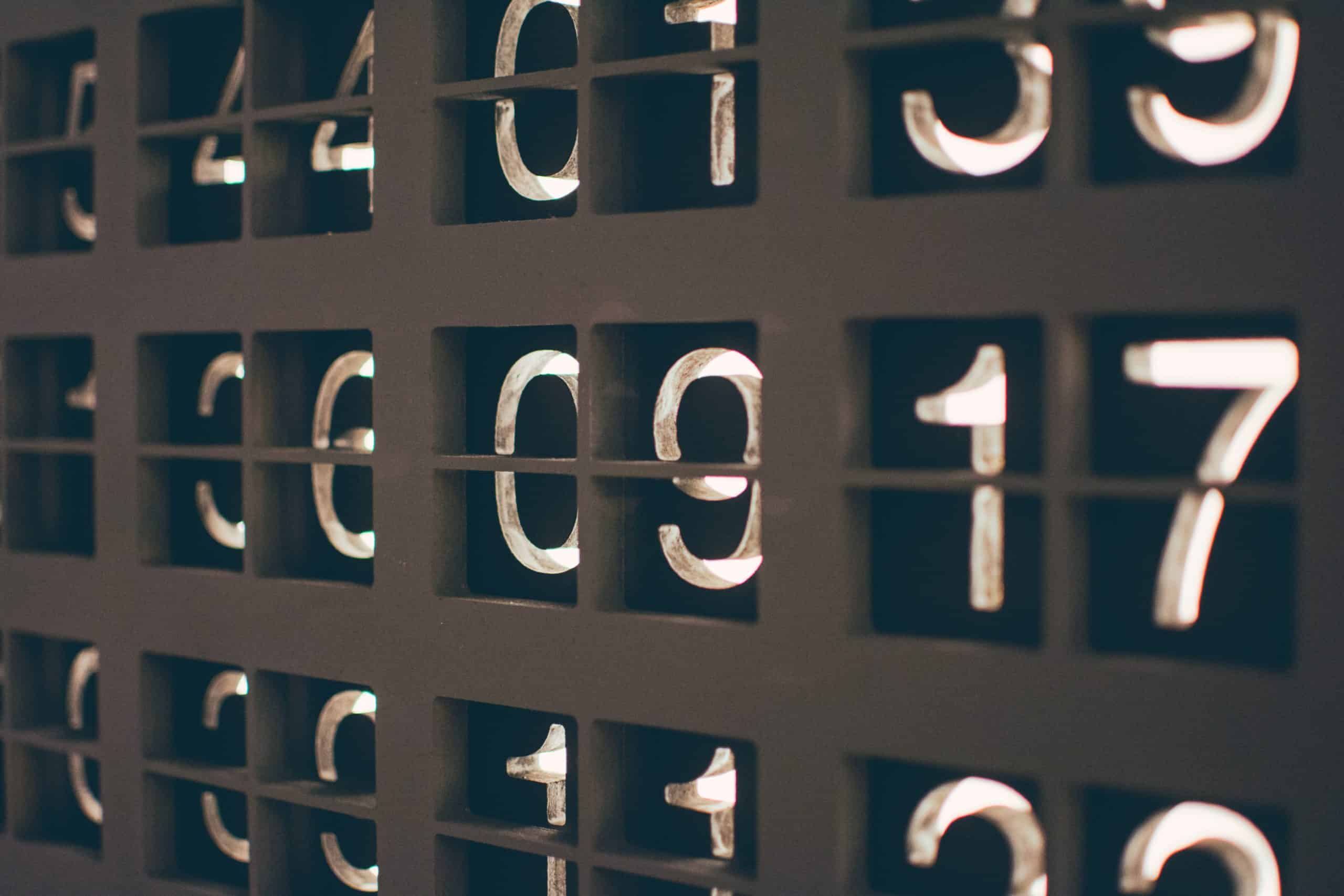
Materials needed:
- Math-U-See Integer blocks
- Decimal Street™ poster (this is included in the Integer Block Kit)
- Dry erase board, marker, and eraser
- Paper and pencil
Method:
- Write a two-digit number on the dry erase board (for example, 63). Ask your student to build, write, and say the number on the Decimal Street™ poster.
- Next, tell your student she is going to remodel the number. The new number will always have a zero in it. For example, you might ask her to remodel the number to become 603.
- Have your student build, write, and say the new number (603).
- Discuss how the number changed and how it remained the same. For the given example, the digit 6 moved to the hundreds place, and the 3 remained in the units place and the zero shows that there are no tens. The number still contains the numerals 6 and 3.
- This activity can be adapted to begin with a 3-digit number. For example, begin with 287 and ask your student to remodel it so it is 280.
These activities are simple to incorporate into your next maths lesson. See what your student likes and how they respond. Do they pick up Place Value better with a hands-on experience? Many kids do!
Want some more hands-on maths activities?
Here's a few more maths activities you can do with your kids, to incorporate a hands-on approach when introducing other maths topics like addition, subtraction and multiplication. We've put 100 Maths Activities into a free download in case you run out of ideas (plus, they are all outside the maths classroom!):
Let us know which activities your kids loved most in the comments below
Have fun learning hands-on maths!
The Team at Maths Australia
